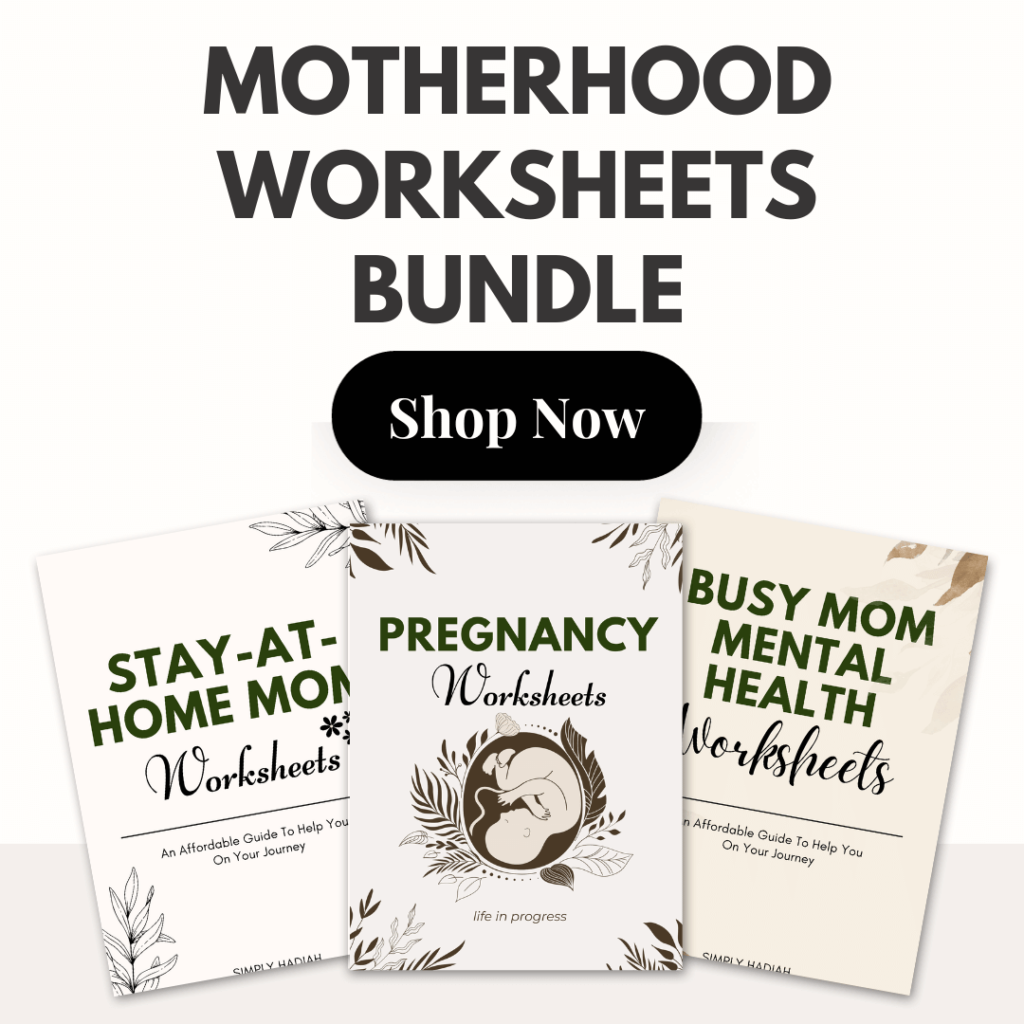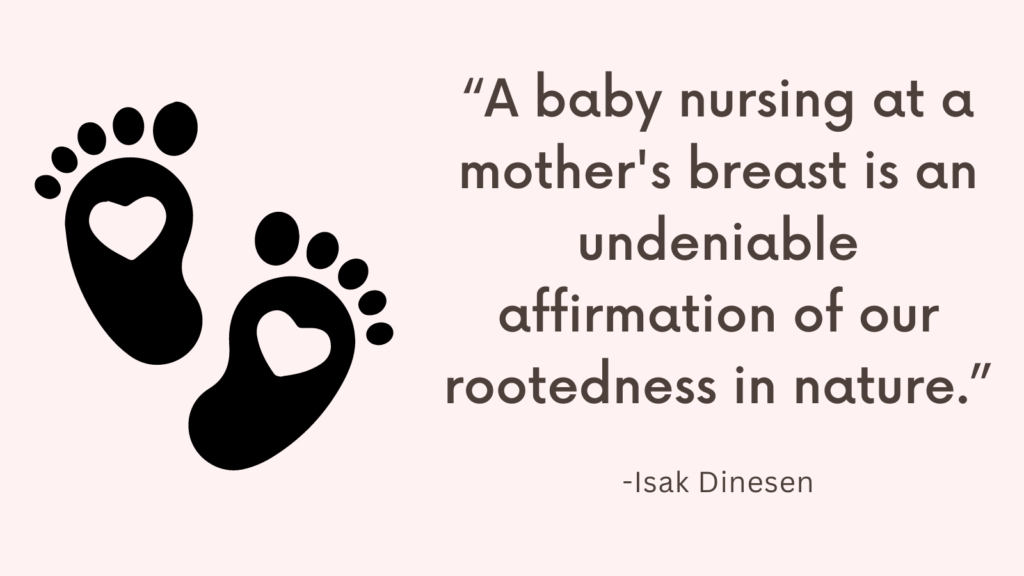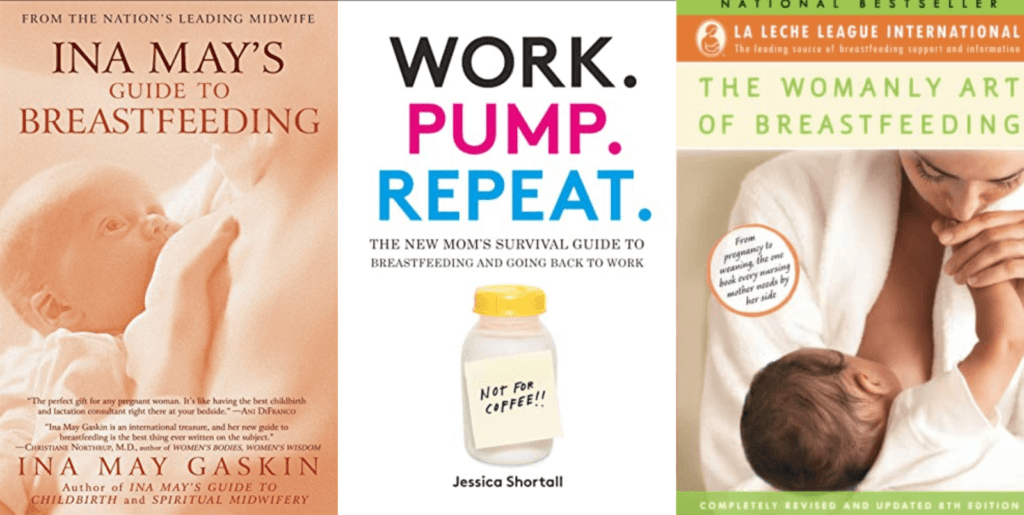Can you reheat breast milk twice? Read on to find out.
Can You Reheat Breast Milk Twice?
Breast milk can be reheated, but it’s recommended to only do so once.
Repeatedly heating and cooling breast milk can potentially increase the risk of bacterial contamination and may also affect its nutritional quality.
It’s important to note that the specific guidelines for reheating breast milk may vary depending on various factors such as storage conditions.
How to Safely Reheat Breastmilk?
1. Plan ahead
Before storing breast milk, portion it into smaller quantities based on your baby’s needs to minimize any wastage during reheating.
This will also allow you to thaw or warm just the right amount at each feed.
2. Proper storage
Store expressed breast milk in sterilized containers made of glass or BPA-free plastic.
Fill the containers leaving some space at the top to allow for expansion during freezing.
Seal the containers tightly with lids or covers.
Label the containers with the date and time of expressing to ensure you use the oldest milk first.
Related: 10 Tips For Successful Breastfeeding
3. Thawing
If the breast milk is frozen, it needs to be thawed before reheating.
There are three safe methods to thaw frozen breast milk:
Refrigerator
Place the desired amount of frozen breast milk in the refrigerator overnight or for a few hours until completely thawed.
This method allows for gradual thawing and preserves the milk’s quality.
Warm water bath
If you need to thaw the milk quickly, you can use a warm water bath.
Fill a bowl or basin with warm (not hot) water and place the sealed container of frozen breast milk in it.
Make sure the water level is below the milk container’s lid to prevent any water from seeping in.
Gently swirl or agitate the container occasionally to facilitate even warming.
Once thawed, immediately transfer the milk to a bottle for reheating or feeding.
Bottle warmer
Some parents prefer using bottle warmers designed specifically for heating breast milk and formula.
Follow the manufacturer’s instructions to ensure safe and consistent heating.
Bottle warmers are convenient, but they may cause variations in temperature, so carefully check the milk’s temperature before feeding.
Related: How To Combine Breastfeeding And Pumping?
4. Reheating
Breast milk should never be boiled or microwaved, as this can destroy its beneficial properties and create hot spots that could burn your baby.
Use one of the following methods for gentle reheating:
Warm water bath
Fill a bowl or basin with warm water (about body temperature) and place the bottle of thawed breast milk in it.
Swirl the bottle gently to ensure even heating.
Test the temperature of the milk on the inside of your wrist to ensure it is lukewarm before feeding.
Bottle warmer
If using a bottle warmer, follow the manufacturer’s instructions to ensure safe and appropriate heating.
Again, test the temperature of the milk before feeding to avoid overheating.
Related: Top 8 Breast Pumping Tips For New Moms
5. Temperature check
Always make sure to test the temperature of the reheated breast milk before offering it to your baby.
A safe, comfortable temperature is approximately lukewarm, similar to room temperature.
You can do this by pouring a small amount of milk onto the inside of your wrist. It should feel neither hot nor cold.
6. Time limit
Once reheated, use the breast milk within a reasonable timeframe, typically within 1-2 hours.
Discard any leftover milk after this period to reduce the risk of bacterial growth.
7. Hygiene
Wash your hands thoroughly with soap and water before handling expressed breast milk, bottles, or any feeding equipment.
Ensure that all equipment used for expressing, storing, and feeding breast milk is clean and sanitized according to the manufacturer’s instructions.
Related: How To Increase Milk Supply During Period?
FAQ
Can you heat breast milk in the microwave?
It is not recommended to heat breast milk in the microwave.
Microwaving can create hot spots in the milk, which could potentially burn your baby’s mouth.
Additionally, microwaving can cause the breakdown of valuable components in breast milk.
It’s safer to use alternative methods such as warm water baths or bottle warmers to gently heat breast milk.
How long can reheated breast milk be left out at room temperature?
Reheated breast milk should be used within 1-2 hours after being warmed. (source) https://www.cdc.gov/breastfeeding/recommendations/handling_breastmilk.htm
Leaving it at room temperature for longer periods increases the risk of bacterial contamination.
If the milk is not consumed within this time frame, it should be discarded.
Related: How To Massage Engorged Breasts?
Can I warm refrigerated breast milk directly in hot water?
It is not advisable to warm refrigerated breast milk directly in hot water.
xposing breast milk to extremely high temperatures can destroy beneficial components and nutrients.
Using a warm water bath or bottle warmer with water that is about body temperature is a safer method for gentle reheating.
Can I heat breast milk on the stove?
It is not recommended to heat breast milk directly on the stove. Direct heat can cause the breast milk to overheat or scorch. Using alternative methods like warm water baths or bottle warmers is a safer way to gradually warm breast milk.
Related: How To Sleep Comfortably With Engorged Breasts?
Can I reuse leftover breast milk from a previous feeding?
It is not advisable to reuse leftover breast milk from a previous feeding.
Once the milk has been offered to your baby and they have started feeding from the bottle, it can become contaminated with bacteria from their mouth.
To reduce the risk of infection, it’s best to discard any unused breast milk after a feeding.
Remember, these are general guidelines, and it’s important to consult with healthcare professionals, like lactation consultants or pediatricians, for personalized advice based on your specific circumstances and the needs of your baby.




